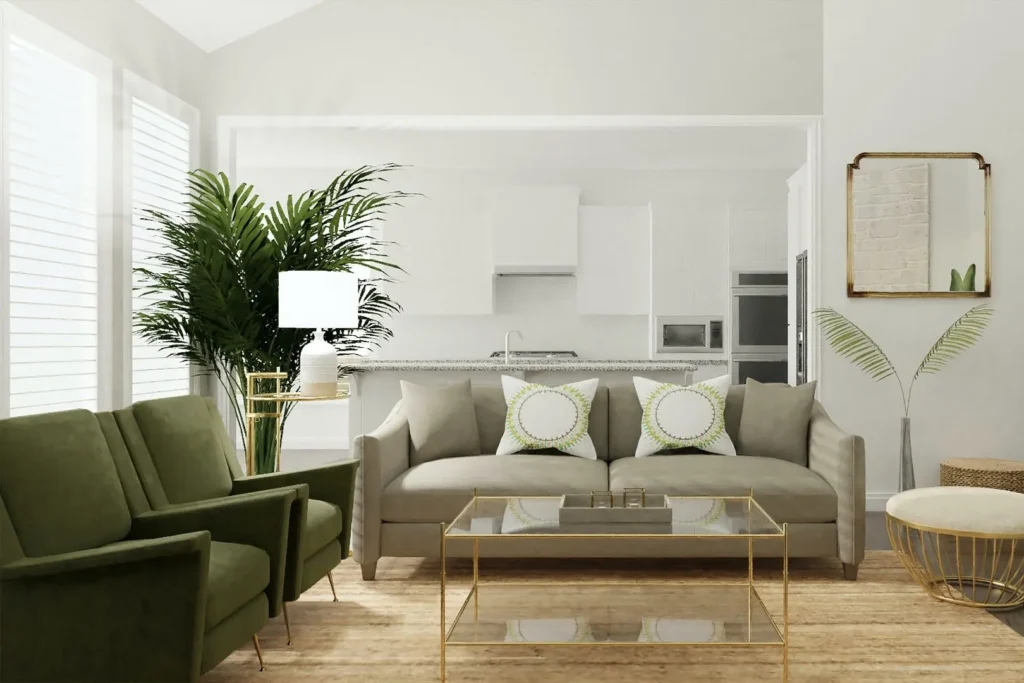Finding strategies to keep your house cool during the intense summer heat wave becomes imperative. In addition to making your home unpleasant, high temperatures may raise your energy costs because you must use air conditioning to remain cool. Thankfully, there are a number of practical methods you may use to reduce the summertime heat in your house.
Maximizing Natural Ventilation
One of the best methods to cool your house without using air conditioning is via natural ventilation. You may encourage circulation throughout your house and remove hot air by carefully opening windows and doors to allow for cross-ventilation. To improve circulation, start by opening the windows on opposing sides of your house to let in a natural breeze. You may also want to add window screens or use window fans. Furthermore, you may improve the air quality in your house and lower interior temperatures without the need for artificial conditioning by opening your windows in the morning and late at night.
Implementing Energy-Efficient Window Treatments

In houses, windows are a major source of heat gain, especially in the summer when the sun’s rays are highest. Consider adding energy-efficient window coverings, such blinds, shades, or curtains, to reduce heat leakage through windows. These window coverings aid in blocking out excess heat and sunshine in addition to offering privacy and light control. To further limit heat absorption, look for window coverings with a high Solar Heat Gain Coefficient (SHGC) value, which shows their capacity to prevent solar heat gain. You may also want to add reflective or light-colored window films.
Sealing and Insulating Your Home
Maintaining a healthy interior temperature and reducing heat transfer in your house need proper insulation and air sealing. Air sealing helps stop drafts and air leaks that may lower your house’s energy efficiency, while insulation helps keep heat from entering your home during the summer and leaving it during the winter. Start by looking for places in your house where air leaks often occur, such as the areas around windows and doors, outlets, and plumbing penetrations. Weatherstripping or caulk should be used to cover any gaps or cracks found.
AC Installation: Ensuring Proper Sizing and Placement
In order to maximize the efficiency and efficacy of your air conditioning system, correct wall mounted air conditioner installation if you decide to invest in it to keep your house cool during the summer. Making sure a new air conditioning system is appropriately sized to suit your home’s cooling requirements is crucial when installing it. An inadequate AC system may find it difficult to keep your house cold on hot days. In contrast, an enormous system will cycle on and off often, resulting in decreased energy efficiency and uneven cooling. Furthermore, think about where to put your air conditioning unit; placing it in a shady spot out of direct sunlight can help it run more efficiently and use less energy.
Investing in Energy-Efficient Appliances and Lighting
When appliances and lighting fixtures are used, they produce heat, which raises the temperature inside during the summer. Investing in energy-efficient appliances and lighting fixtures that generate less heat and use less electricity will help prevent heat gain in your house. To further reduce your impact on the environment, try to purchase appliances with the ENERGY STAR label, which verifies that the product meets the rigorous energy efficiency criteria set by the US Environmental Protection Agency (EPA). This goes hand in hand with selecting light bulbs made of energy-efficient materials, such as LEDs or CFLs, which produce less heat than traditional incandescent bulbs.
Planting Shade Trees and Shrubs

Well-planned landscaping may improve the comfort of your outside space and help your house absorb less heat. You may lessen the amount of heat that your walls and roof absorb by planting shade plants and bushes around your house to help block out the sun’s beams. Select shrubs and trees that are appropriate for your area and climate, then arrange them in a way that will maximize their shadow production during the warmest hours of the day. To provide more shade and lessen solar heat input, think about building pergolas or trellises wrapped in shade cloth or climbing vines.
Conclusion
It need not be difficult to keep your house cool in the heat. You can lower your energy expenses and create a more comfortable indoor environment by putting strategies like energy-efficient window treatments, sealing and insulating your home, planting shade trees and shrubs, planting energy-efficient appliances and lighting, making the most of natural ventilation, planting shade trees and shrubs, and making sure your AC system is sized and placed properly into place.






